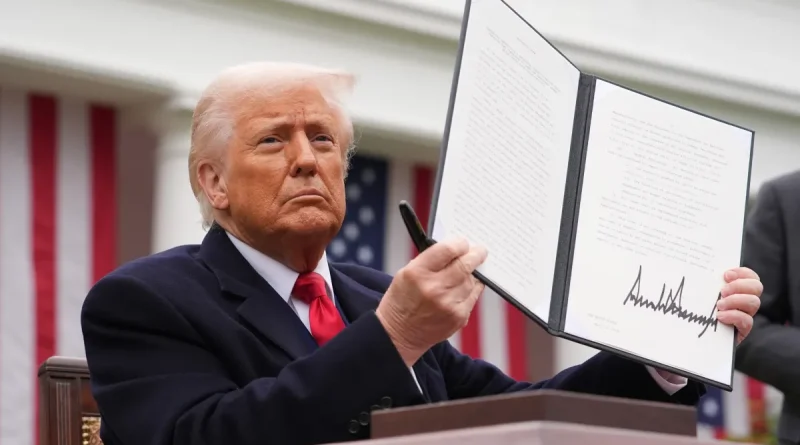Trump Warns of 100% Tariff Over China’s Rare Earth Mineral Restrictions
On Friday, President Donald Trump announced his intention to implement a full 100% tariff on all imports from China and to impose restrictions on the export of “any and all critical software” from the United States.
This announcement marks a significant escalation in the ongoing trade conflict between the U.S. and China. In a statement on Truth Social concerning the tariffs, Trump indicated that this new duty would be “in addition to” the current tariffs on Chinese goods. (As reported by CNBC, the existing tariff rates on Chinese imports range, with the baseline rate currently at 40%.)
Earlier in the week, China implemented stricter export controls on rare earth minerals, mandating that foreign companies obtain a license to export products containing even minor amounts. As the top producer of these vital materials—essential for technologies such as semiconductors and solar panels—China’s regulations could have widespread implications for the tech industry.
In his remarks, Trump denounced China’s actions as “entirely unprecedented in International Trade and a moral disgrace in dealings with other Nations.”
“It’s difficult to comprehend why China has taken this approach, but they have, and the repercussions will be significant,” he remarked.
Trump revealed that the new tariffs are set to go into effect on November 1. Following his announcement, he informed reporters that these tariffs could be reevaluated and that he might still engage in an upcoming meeting with President Xi Jinping.
The stock markets reacted negatively to Trump’s announcement, with the Dow Jones Industrial Average declining by 1.9% by the close of Friday, the S&P 500 dropping by 2.71%, and the Nasdaq losing 3.56%. Many tech companies faced even steeper declines, as Nvidia and Tesla both saw reductions of approximately 5% at market close.
Techcrunch event
San Francisco
|
October 27-29, 2025
Moreover, this situation negatively impacted the cryptocurrency markets, leading to liquidations that were reportedly tenfold the dollar amounts seen during the FTX collapse.



